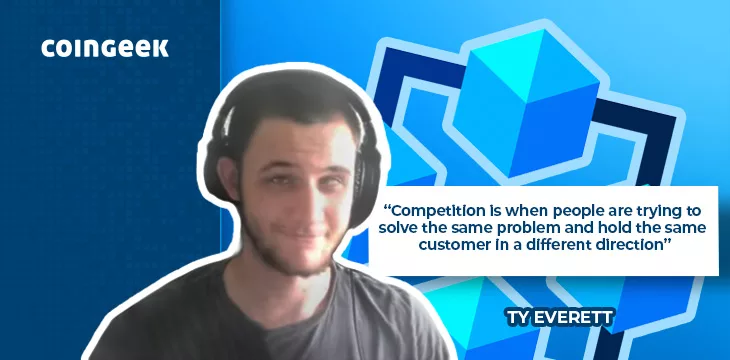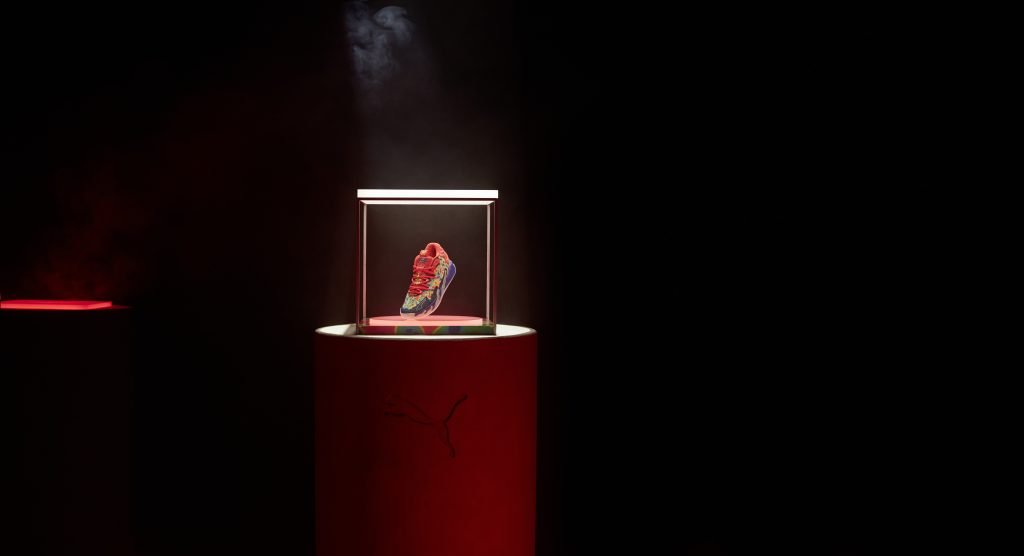Space10 suggests attaching NFTs to furniture to encourage better care

IKEA’s research lab Space10 has developed a concept to connect a physical piece of furniture to an ever-evolving NFT tree, which “grows” through acts of care to motivate people to keep, repair and recycle their possessions.
In Space10’s speculative design project Carbon Banks, the furniture in question is IKEA’s Froset chair made of wood, while the non-fungible token (NFT) is an augmented reality artwork of wood that mirrors the object’s real-life circumstances.
The tree gets bigger and more lush the longer a person keeps the chair, and it also reacts when the chair is repaired, resold or exchanged for another piece of furniture. At the end of its life, the chair can be recycled to trigger a final visualization – an overall flowering of flowers.
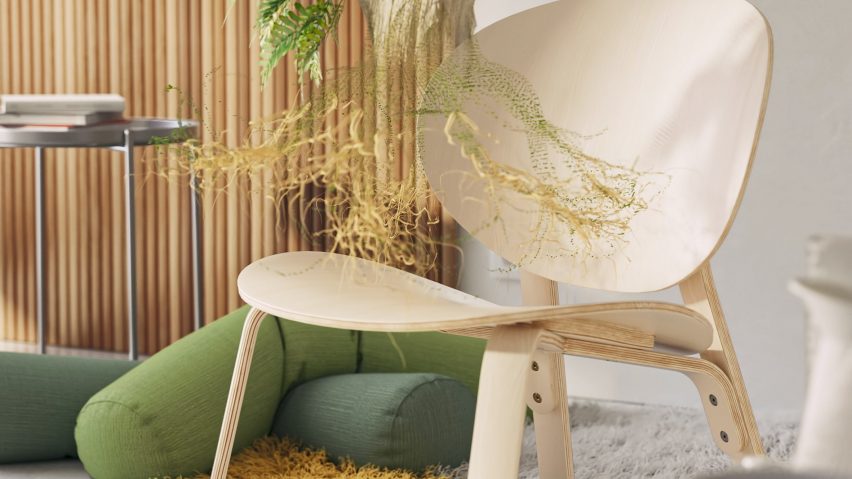
Space10 created Carbon Banks in collaboration with Berlin studio WINT Design Lab to explore the potential for digital assets like NFTs to build an emotional bond with real-world objects and help us see them as less disposable.
“We know that furniture waste is a huge problem,” Space10 creator Ryan Sherman told Dezeen. “Yet a wooden piece of furniture can act as a carbon sink for decades – if not longer – if properly cared for and recycled.”
“In the ever-evolving landscape of NFTs, we saw an opportunity to explore this technology as a promising vehicle to promote circular behavior.”
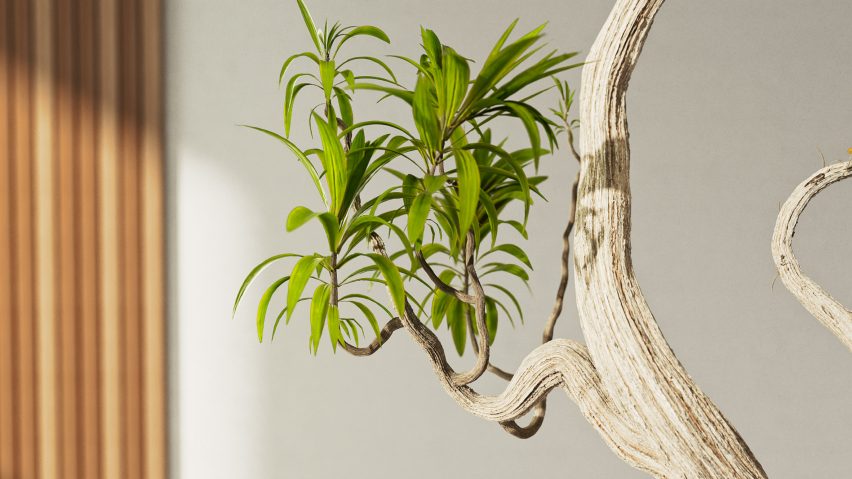
With Carbon Banks, which Space10 is currently developing into a prototype, the experience begins when a person buys a new Froset chair and scans the unique pattern on the seat with their phone.
This action “coins” their virtual tree, meaning that the unique digital asset is recorded on a blockchain, after which it can be bought, sold or traded.
The owner will experience this action as the sprout of a seedling that appears to grow from their chair in augmented reality.
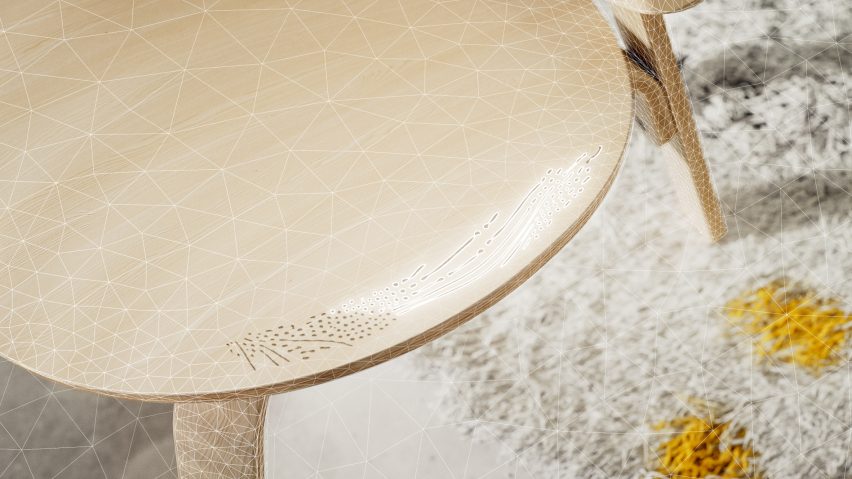
If the chair is traded or sold, NFT agrees and the change of ownership is registered on the blockchain when the new owner scans the chair and the previous owner approves the transfer.
These changes add new, unique growths to the tree, as do repair and maintenance actions. The grade of the wood is also based on the production journey of the physical object, such as the type of wood used and the place of production.
The creative studio Zünc developed Carbon Bank’s visuals, aiming to celebrate the beauty of nature while giving the tree a more stylized and “grafted” appearance, mixing species chosen for their symbolic associations with the chair and its history.
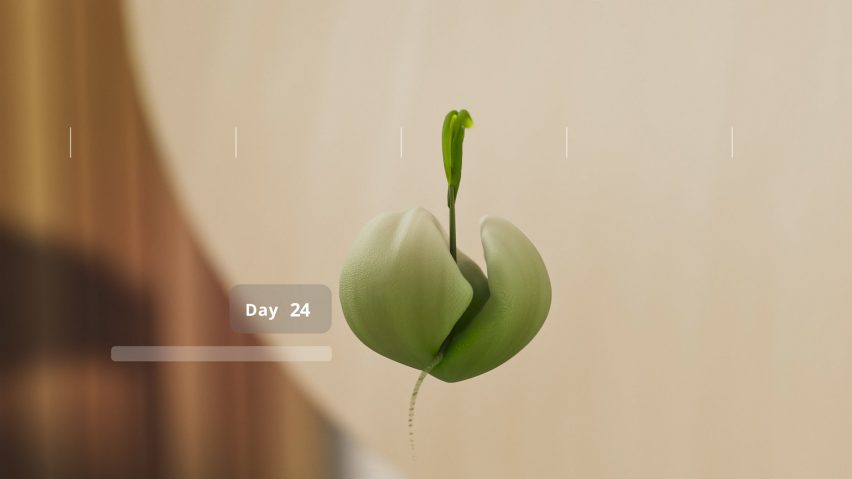
“It’s a branch with oak leaves – a nod to the oak veneer of the IKEA Froset chair used in the film,” Zünc Studio said. “Pine needles are digitally pruned to resemble bonsai arrangements, a practice of care and patience.”
“And the ferns that unfold after the repair of the leg are based on the resurrection fern, which felt appropriate.”
While NFTs have developed a reputation for being unsustainable due to the huge amounts of energy needed to run blockchains, Space10 explores how this could change on the Carbon Banks website and in a white paper developed with digital design studio Bakken & Bæck.
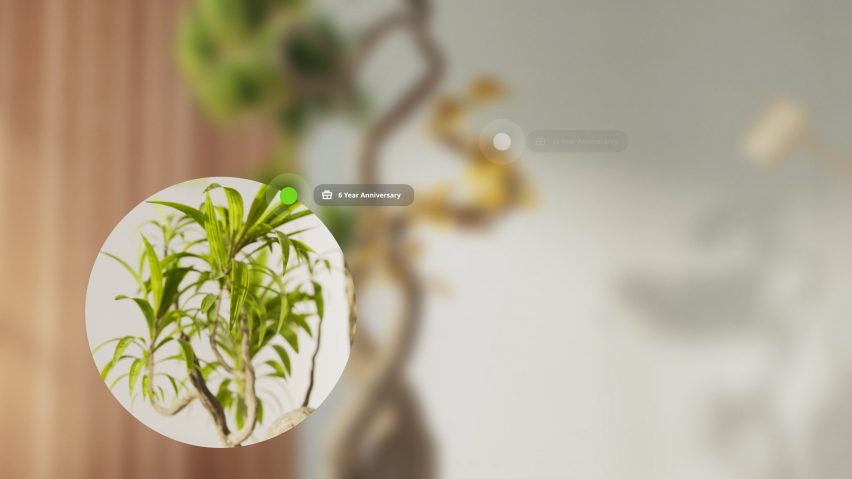
The researchers note that shifting to a more efficient proof-of-stake protocol—as modeled by blockchains like Ethereum—could reduce their energy consumption by up to 99.95 percent.
This opens up the possibility of using blockchains for purposes other than speculation and investment, they say.
“NFT applications have evolved iteratively,” Sherman explained. “First there were ‘digital originals’ – an example is Crypto Punks – where collectability, community and exclusivity were key values.”
“Then we started seeing ‘digital receipts’: traceable signs of ownership of physical objects,” he continued.
“Now there’s a lot of digital twin work going on: adding a digital original to your physical object like ‘buy a pair of sneakers IRL and wear them in virtual spaces too’. It’s not too far from the mp3 download code you get with a vinyl record, but the mp3s can be unique.”
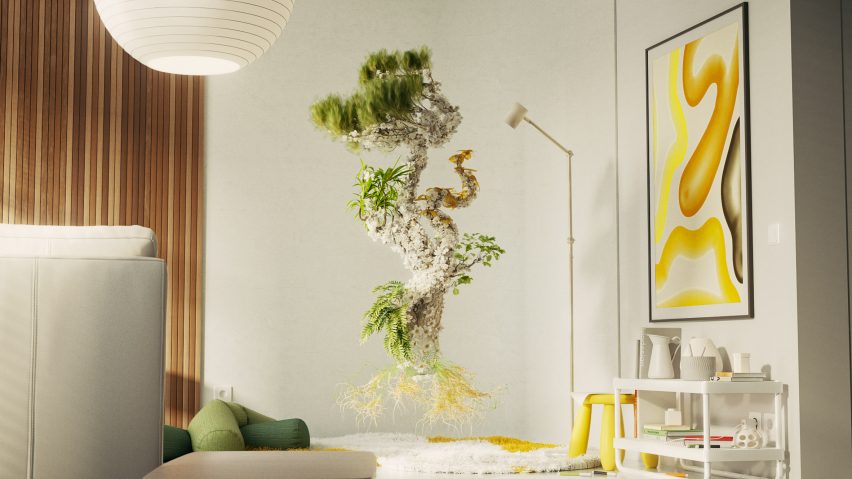
Space10 is positioning Carbon Banks as the next generation of NFTs, which the studio calls “digital amplifiers” as the technology is designed to “amplify” aspects of a physical object.
“Digital amplifiers are linked to physical objects via the blockchain and amplify the objects they are attached to, visualizing the history of an object, our relationship with it, and encouraging new behaviors,” Sherman said.
“It presents a unique time to move away from financial incentives towards care, where digital objects visualize and reward sustainable behavior in our real world, creating opportunities for new forms of digital self-expression.”
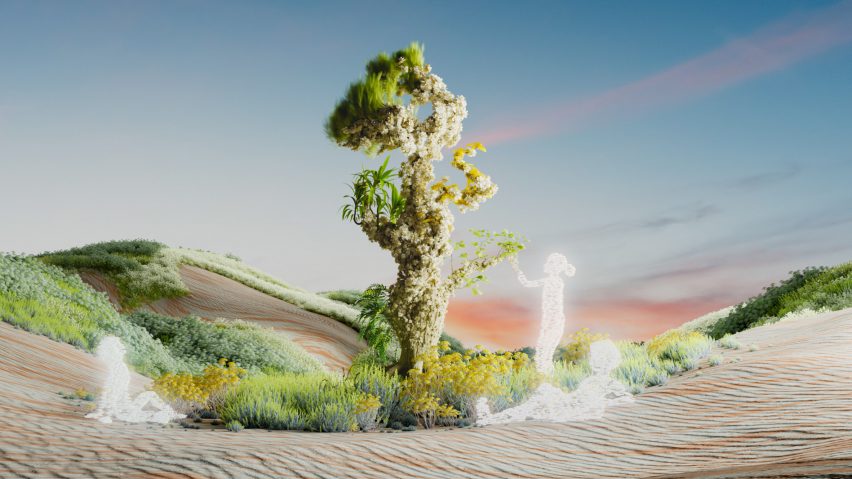
Space10 is a Copenhagen-based research and design laboratory that works with the IKEA brand. It often addresses issues of sustainability and circularity with its concepts, prototypes and products, spanning everything from open-source Bee Homes to furniture that uses artificial intelligence to tell owners how to update it.
The studio has also collaborated with architect studio EFFEKT on a subscription-based collective housing offer called The Urban Village Project, which would bring together people from different generations with shared facilities.













